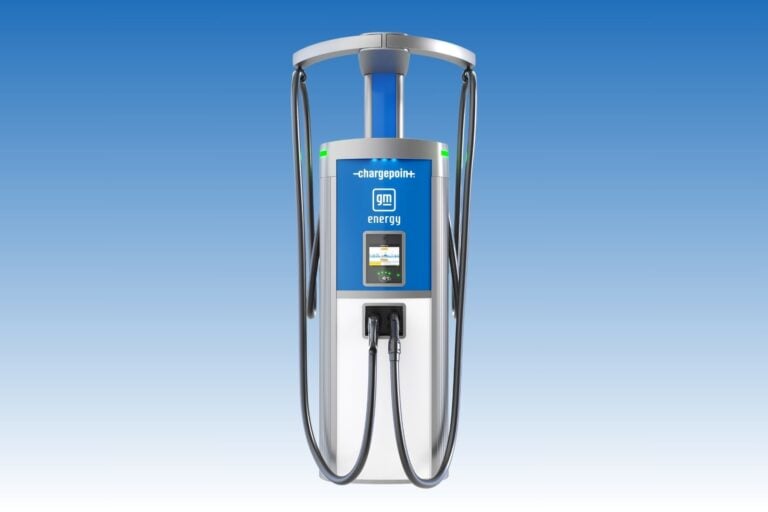Mercedes-Benz, the world-renowned automaker, has carried out the world’s first public crash test involving two of its electric vehicles: the EQA and the EQS SUV. Unlike the conventional frontal impact tests prescribed by Euro NCAP, Mercedes-Benz went above and beyond by crashing two real electric vehicles head-on, each moving at a speed of 56 km/h.
Why It Matters
This groundbreaking test reiterates that safety is paramount for Mercedes-Benz regardless of the drive system. By conducting a more challenging real-life accident scenario than mandated, the company demonstrates its dedication to ensuring the highest safety standards for its electric vehicles.

Key Points
- The EQA and the EQS SUV crashed head-on with a 50% overlap at a speed of 56 km/h, showcasing a real-life accident scenario.
- Both vehicles’ passenger cells and high-voltage batteries remained intact post-crash, with doors functioning normally and the high-voltage systems switching off automatically.
- The crash energy in this test was significantly higher than the legal requirement.
- Dummies used in the crash indicated a low risk of severe injuries, proving the effectiveness of the vehicles’ safety systems.
- Mercedes-Benz highlights the use of female dummies, representing the 5th percentile female, in their safety tests to ensure protection systems cater to a broad range of customers.
- A multi-stage high-voltage protection concept ensures safety for electric vehicles, often surpassing legal mandates.
Bottom Line
Mercedes-Benz’s dedication to safety goes beyond mere compliance. By publicly sharing results from a more demanding crash test involving electric vehicles, they underline their commitment to unparalleled safety across all vehicle technologies. Their vision transcends achieving zero traffic fatalities by 2050. They aim for a future where accidents involving a Mercedes-Benz vehicle are a thing of the past. With campaigns like “Safety Symphony” coming up, Mercedes-Benz aims to enlighten the public on how their safety systems harmoniously work together to ensure maximum protection.








